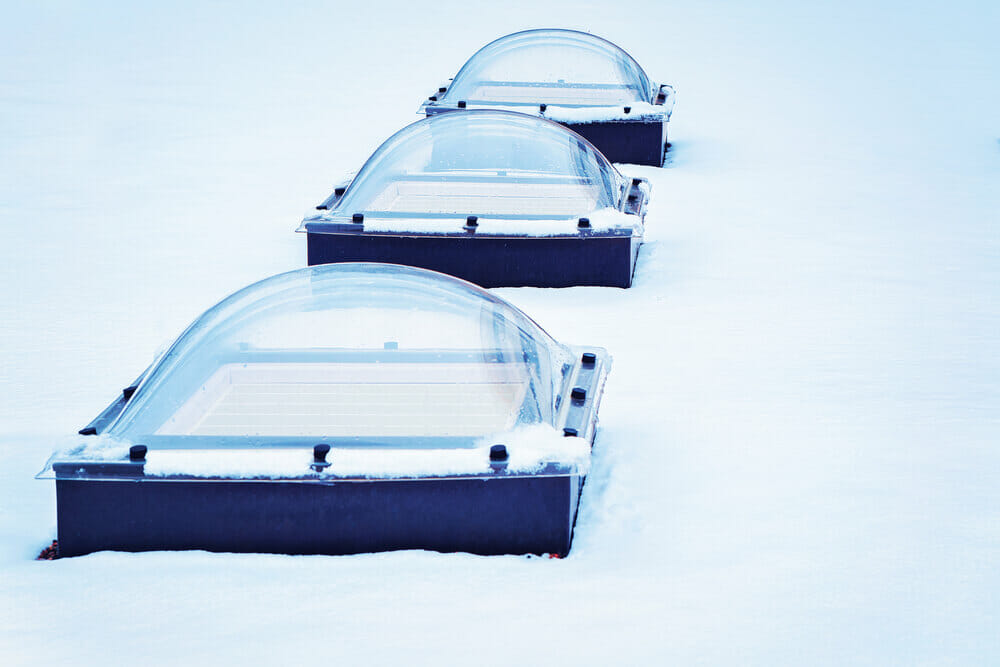Considering it’s only frozen water, ice is surprisingly adept at causing damage to a commercial roof. Left unprotected, a roof can emerge from winter much worse off than it was going in. Here’s some helpful information regarding what ice can do to a commercial roof and what to do to prevent damage.
Ice Damage to Commercial Roofs
When it gets cold, any water that is already on a roof may freeze and expand. This ice can block drains, buckle flashings, and expand gaps in the roof. Storms can also dump ice directly onto a roof. The weight of this ice can stress roof structures and, in some cases, even cause collapse. Even small amounts of ice will eventually melt, possibly causing water damage.
One of the most common problems is an ice dam on a roof. Ice dams occur when commercial roof ice melts and flows to the edge of a commercial roof. When this water re-freezes, it creates a wall, or dam, that can prevent future ice melt from leaving the roof.
Preventing Ice Damage
Preventing ice damage on a commercial roof begins before winter even starts with an inspection in the fall. During this inspection, a roofer will examine the roof for moisture that may later freeze into ice. The inspector will also identify any clogs or blockages that will prevent ice melt from leaving the roof. For some roofs, the inspector may recommend a commercial roof ice system, known as an ice shield or ice guard.
Once winter is underway, some roofs may require regular de-icing. Chemical de-icers can prevent ice buildup during a storm and help clear a roof before ice buildup becomes a problem. It’s important to make sure that any chemicals used on the roof won’t damage the building materials and also comply with local environmental regulations.
Commercial Roof Ice Systems
Roof ice shields or ice guards are a protective coating that sits on top of a commercial roof deck. The membrane protects the roof from leaks as the ice melts. Once ice has melted, the water that doesn’t leave the roof will leak down to the ice guard, which will catch it and direct it toward the gutters. Installing this type of system in problem areas prevents standing water on a roof and ensures that ice doesn’t accumulate.
To learn more about how to protect your commercial roof from ice and snow, contact Maxwell Roofing & Sheet Metal, Inc. today.

